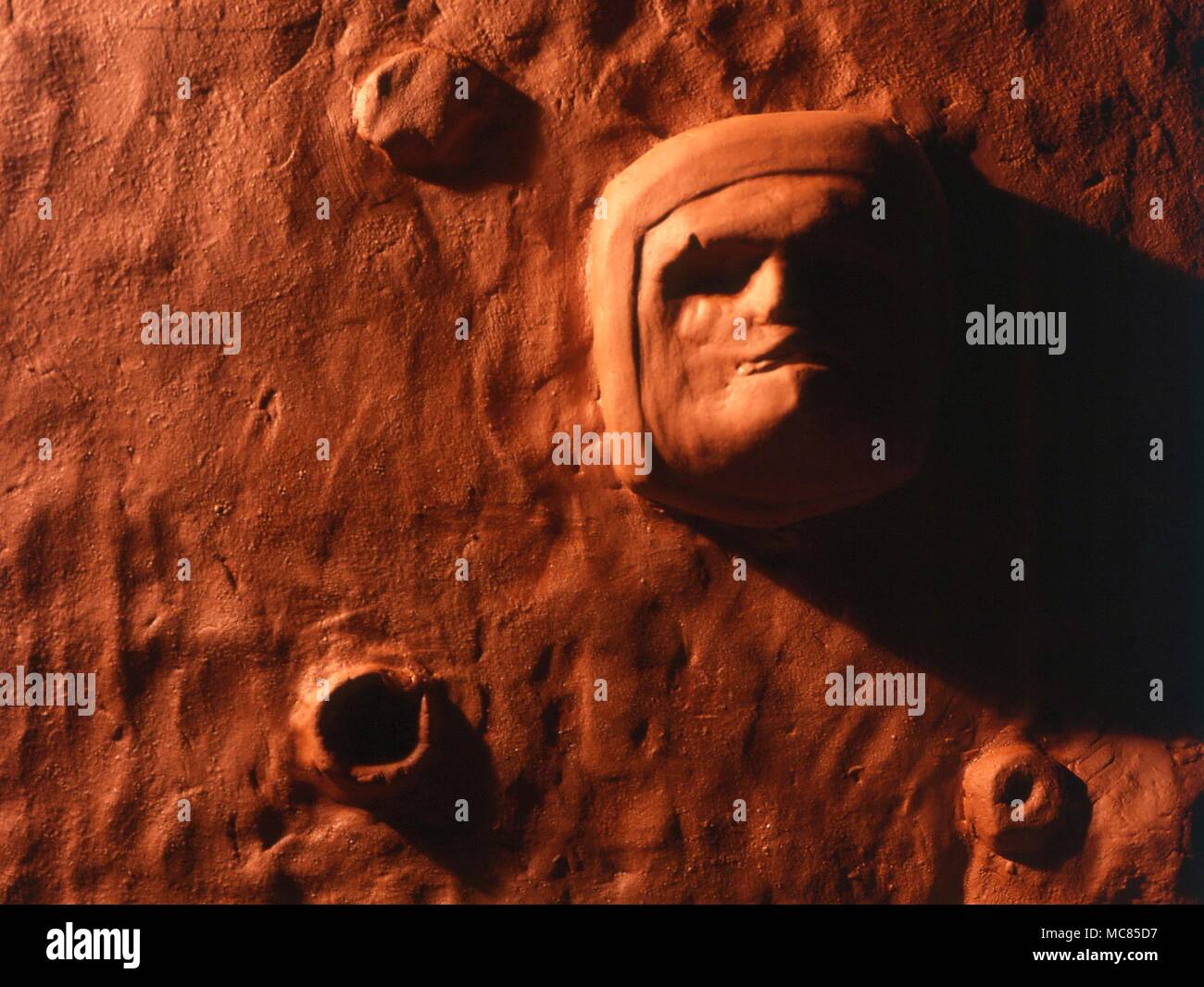

In 1877, their choice was adopted as the prime meridian by the Italian astronomer Giovanni Schiaparelli when he began work on his notable maps of Mars. The German astronomers Wilhelm Beer and Johann Heinrich Mädler selected a small circular feature in the Sinus Meridiani ('Middle Bay' or 'Meridian Bay') as a reference point when they produced the first systematic chart of Mars features in 1830–1832.

Mars's equator is defined by its rotation, but the location of its prime meridian was specified, as is Earth's, by choice of an arbitrary point which later observers accepted.
#FACE OF MARS MAP PLUS#
In 2001, Mars Orbiter Laser Altimeter data led to a new convention of zero elevation defined as the equipotential surface (gravitational plus rotational) whose average value at the equator is equal to the mean radius of the planet. Note that the choice of this value does not mean that liquid water does exist below this elevation, just that it could were the temperature to exceed 273.16 K (0.01 degrees C, 32.018 degrees F). This value is only 0.6% of the pressure at sea level on Earth. From the Mariner 9 mission up until 2001, this was chosen as 610.5 Pa (6.105 mbar), on the basis that below this pressure liquid water can never be stable (i.e., the triple point of water is at this pressure). The datum for Mars was defined initially in terms of a constant atmospheric pressure. Since Mars has no oceans and hence no 'sea level', it is convenient to define an arbitrary zero-elevation level or " vertical datum" for mapping the surface, called areoid. On Earth, the zero elevation datum is based on sea level (the geoid). Today, the United States Geological Survey defines thirty cartographic quadrangles for the surface of Mars. To facilitate this on Mars, projections, coordinate systems, and datums needed to be established. There are many established techniques specific to Earth that allow us to convert the 2D curved surface into 2D planes to facilitate mapping. Some maps of Mars were made using the data from these missions, but it wasn't until the Mars Global Surveyor mission, launched in 1996 and ending in late 2006, that complete, extremely detailed maps were obtained.Ĭartography is the art, science, and technology of making maps. It was not until spacecraft visited the planet during NASA's Mariner missions in the 1960s that these myths were dispelled. His term was popularly mistranslated as canals, and so started the Martian canal controversy.įollowing these observations, it was a long-held belief that Mars contained vast seas and vegetation. These canali were supposedly long straight lines on the surface of Mars to which he gave names of famous rivers on Earth. These maps notably contained features he called canali ("channels"), that were later shown to be an optical illusion. In September 1877, (a perihelic opposition of Mars occurred on September 5), Italian astronomer Giovanni Schiaparelli published the first detailed map of Mars. Even more notable are the perihelic oppositions of Mars which occur approximately every 16 years, and are distinguished because Mars is closest to earth and Jupiter perihelion making it even closer to Earth. The history of these observations are marked by the oppositions of Mars, when the planet is closest to Earth and hence is most easily visible, which occur every couple of years.

The first detailed observations of Mars were from ground-based telescopes. North is at the top of this map however, in most maps of Mars drawn before space exploration the convention among astronomers was to put south at the top because the telescopic image of a planet is inverted.


 0 kommentar(er)
0 kommentar(er)
